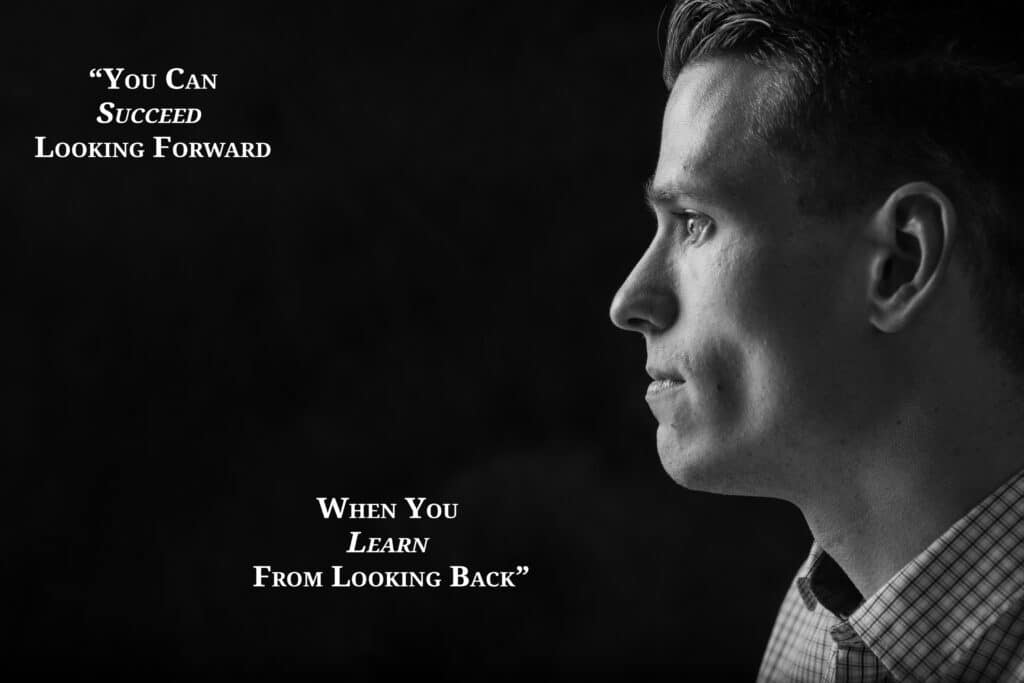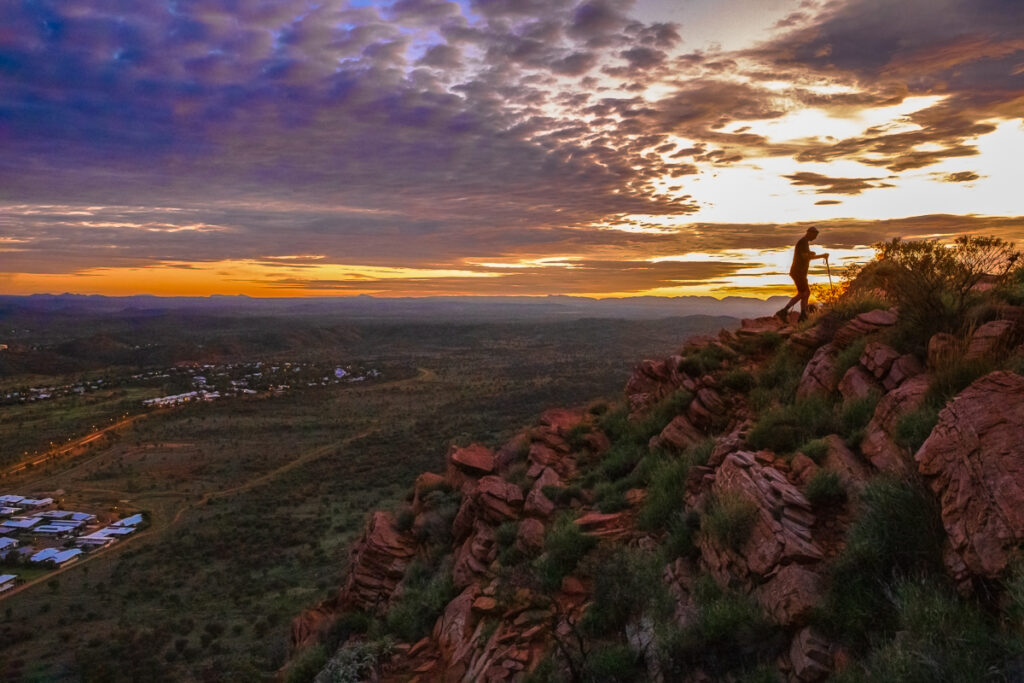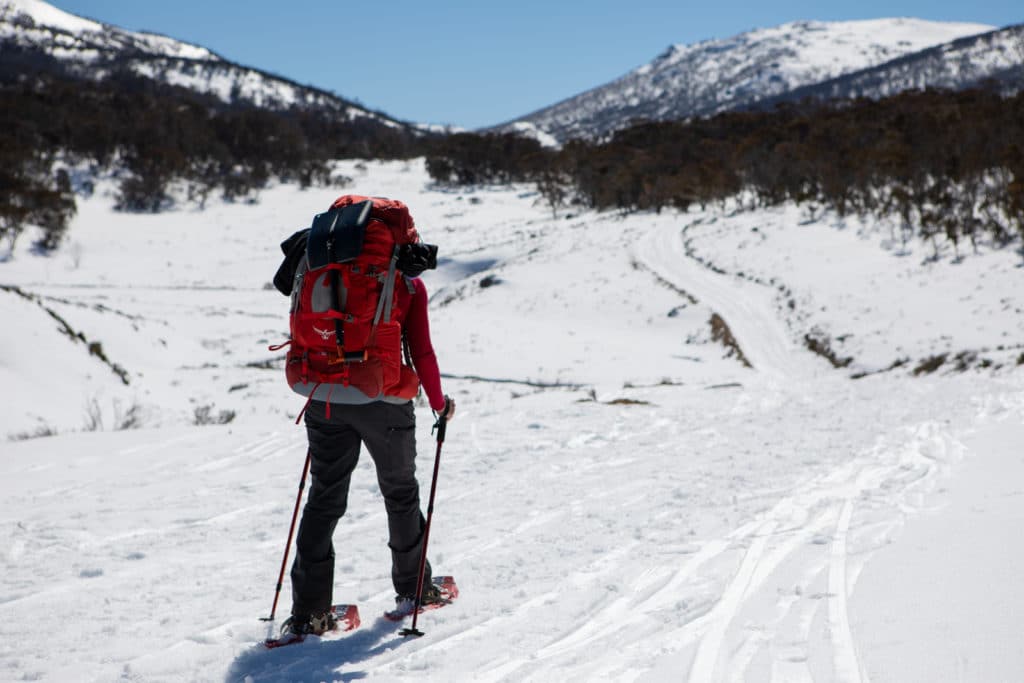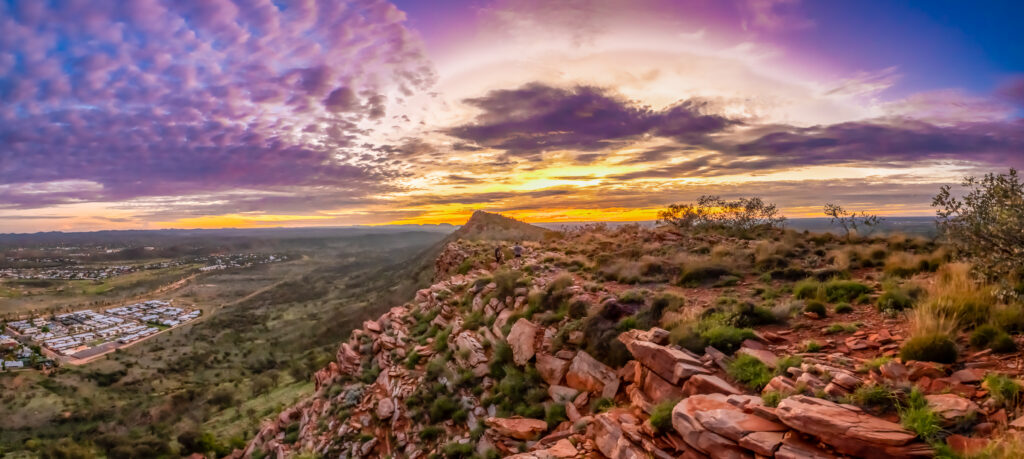A young lady in my workshop the other day wanted to know how to do HDR in lightroom, and I thought I would share that with you also.
If a watch and if you are into real estate photography this will help you out.
Of course, if you need a real estate photographer shoot me a message as I am more than happy to help out not matter the location. 🙂
Author Archives: Brendan Maunder
Using Storytelling in Photography
Photography is more than just capturing a moment in time. It’s about creating an emotional connection with the viewer and telling a story through the lens of a camera. This is why storytelling in photography is so important. Whether you’re a professional photographer or an amateur hobbyist, incorporating storytelling into your photos will take your images to the next level. Here’s how you can use storytelling in photography to create powerful, impactful images.
- Identify the Story You Want to Tell
The first step in incorporating storytelling into your photography is to identify the story you want to tell. This could be a personal story, a fictional story, or a factual story. The key is to think about what you want to convey through your photos. For example, you may want to tell a story about family, nature, or a particular event. Once you have a clear idea of the story you want to tell, you can begin to think about how you want to tell it.
- Use Composition to Tell Your Story
Composition is one of the most important elements of photography. It’s what helps you to create the visual elements that make up the story in your photos. You can use different techniques such as the rule of thirds, leading lines, and framing to help you create a visual story. For example, you could use a photo of a path leading into the distance to symbolize a journey or a series of photos to show a change over time.
- Utilize Light and Shadows to Enhance Your Story
Light and shadow are two powerful elements in photography. They can be used to create mood and atmosphere in your photos, helping to reinforce the story you want to tell. For example, you could use light to create a sense of hope or shadow to create a sense of mystery. By playing with light and shadow, you can take your photos from simply capturing a moment in time to telling a story that captivates the viewer.
- Use Color to Emphasize Your Story
Color is another important element in photography. By using color to your advantage, you can create a visual story that evokes emotions in the viewer. For example, you could use warm colors such as red, yellow, and orange to create a feeling of warmth and comfort, or cool colors such as blue and green to create a feeling of calm and serenity.
- Include People and Objects That Help to Tell Your Story
People and objects play an important role in storytelling in photography. They can be used to create a visual story and reinforce the message you want to convey. For example, you could use a photo of a person to represent a particular emotion, or use a specific object to symbolize a particular idea.
In conclusion, storytelling in photography is an important tool that can help you to create powerful, impactful images. By combining different elements such as composition, light and shadow, color, and people and objects, you can create a visual story that will captivate your viewers and leave a lasting impression. So next time you pick up your camera, think about the story you want to tell, and let your images do the talking.
Capturing the Magic of Mount Johns at Sunrise in Alice Springs
Alice Springs, located in the heart of Australia’s Red Centre, is a photographer’s paradise. With its diverse landscapes and natural wonders, this remote outback town offers an endless array of opportunities to capture the beauty of the surrounding wilderness. One of the highlights of any trip to Alice Springs is visiting Mount Johns at sunrise, a time when the mountain is transformed into a magical wonderland of colors and light.
Photographing sunrise can be a challenging but rewarding experience. To get the best results, it’s important to be prepared and to have a plan in place. Here are some tips for capturing the magic of Mount Johns at sunrise:
Get there early: Sunrise is a busy time, and you’ll want to make sure you have plenty of time to set up your camera and find the perfect spot. Arrive at Mount Johns at least 30 minutes before sunrise to give yourself enough time to find the best location and set up your camera.
Use a tripod: Sunrise is a low-light situation, and you’ll need a steady camera to get sharp images. A tripod will also allow you to use slower shutter speeds and capture the movement of the clouds and the changing colors of the sky.
Experiment with compositions: Sunrise is a time of dramatic changes in light and color, so don’t be afraid to experiment with different compositions. Try shooting from different angles and perspectives, such as shooting from the top of the mountain or from the base, to capture the unique beauty of Mount Johns at sunrise.
Use a polarizing filter: A polarizing filter can help to reduce reflections and increase the saturation of colors in your photos. This is especially useful when photographing sunrise, as it will help to bring out the vibrant colors of the sky and the surrounding wilderness.
Use a long exposure: If you’re visiting Mount Johns at sunrise, consider using a long exposure to capture the movement of the clouds and the changing colors of the sky. A long exposure can also add a dreamy effect to your photos, making them more interesting and engaging.
In conclusion, Mount Johns at sunrise is a must-see destination for any photographer visiting Alice Springs. With its magical light, diverse landscapes, and natural wonders, this mountain is sure to leave a lasting impression. Whether you’re a seasoned photographer or just starting out, capturing the magic of Mount Johns at sunrise is an unforgettable experience. So, pack your camera and hit the road – you’re in for an unforgettable journey!
A Face For Radio and FREE Workshops.
ABC Alice Springs Interview and FREE Photographic Workshops
The other day when I was out taking some photos of the amazing landscape we have here in Alice Springs, I thought to myself that it might be nice to put on a FREE workshop to encourage other photographers in the area to get out and capture this outstanding country, while also passing on some of my 15+ years as a professional photographer and instructor.
With that thought in mind, I put out a post on the local Facebook group offering a FREE workshop.

Well to my surprise I got a heap of people responding and from that ABC Alice Springs contacted me to come into the radio station and do an interview.
Off I popped in and met the crowd, to with Stewart Brash in his morning show. Have a listen to see what I am up to in this part of the world.
Here is a link to the original morning show but to save you scrolling the end when I was on I cut it out and put it below, just press play.
If you live in Alice springs or know someone who would be interested in the workshops, you can have a look at the Facebook Group that I created for this HERE, drop me a message, or do a Facebook search on Photographic Workshop – Alice Springs
Recent Posts
Life Lessons
As we all walk through life be it our personal or professional lives we experience things and change who we are.
Some are good and some are bad. The key is to take and learn from the good and drop the bad.
Over my photographic career, I have learned sooo many lessons and made soooo many mistakes it’s not funny. It is the things that I didn’t do right and totally messed me up that are the things I have learned from the most.
One of the key lessons I have learnt over the decades is that YOU should believe in yourself. Believe you can make it and believe you can be the person you want to be and can be. You can take your career in whatever direction YOU choose.
So don’t be afraid to take that leap of faith. It can be good for you and it can be liberating, not to mention that you can only learn to fly when you do.







